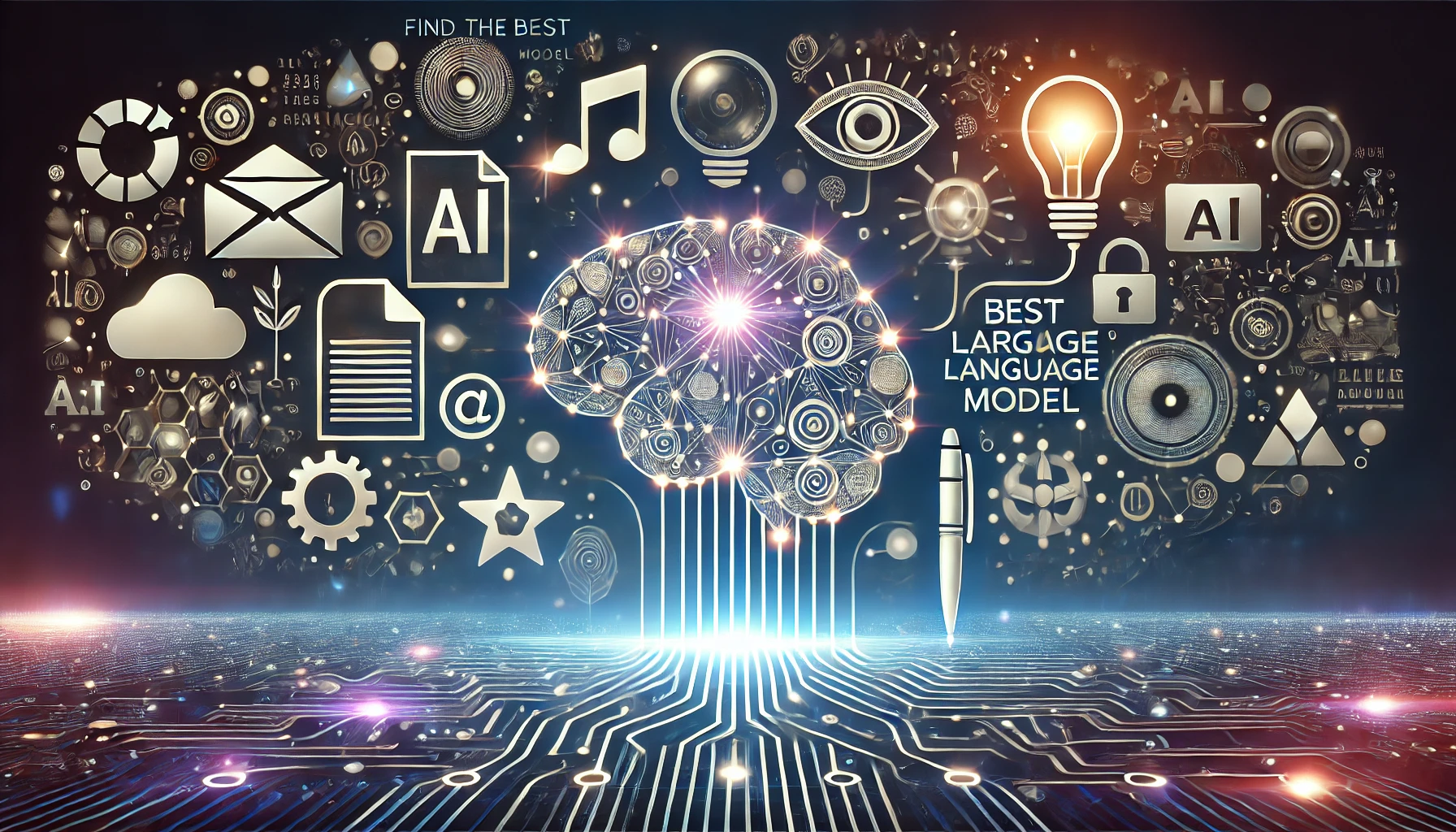
Text Generation
Text Generation with Large Language Models (LLMs) refers to the advanced use of machine learning models to produce human-like text from prompts. Explore how LLM...
Tokens are the fundamental units processed by large language models (LLMs), enabling efficient text analysis and generation in AI applications.
A token in the context of large language models (LLMs) is a sequence of characters that the model converts into numeric representations for efficient processing. These tokens can be words, subwords, characters, or even punctuation marks, depending on the tokenization strategy employed.
Tokens are the basic units of text that LLMs, such as GPT-3 or ChatGPT, process to understand and generate language. The size and number of tokens can vary significantly depending on the language being used, which affects the performance and efficiency of LLMs. Understanding these variations is essential for optimizing model performance and ensuring fair and accurate language representation.
Tokenization is the process of breaking down text into smaller, manageable units called tokens. This is a critical step because it allows the model to handle and analyze text systematically. A tokenizer is an algorithm or function that performs this conversion, segmenting language into bits of data that the model can process.
Tokens are the building blocks of text processing in LLMs. They enable the model to understand and generate language by providing a structured way to interpret text. For example, in the sentence “I like cats,” the model might tokenize this into individual words: [“I”, “like”, “cats”].
By converting text into tokens, LLMs can efficiently handle large volumes of data. This efficiency is crucial for tasks such as text generation and their diverse applications in AI, content creation, and automation."), sentiment analysis, and more. Tokens allow the model to break down complex sentences into simpler components that it can analyze and manipulate.
LLMs have a maximum token capacity, which means there’s a limit to the number of tokens they can process at any given time. Managing this constraint is vital for optimizing the model’s performance and ensuring relevant information is processed.
A context window is defined by the number of tokens an LLM can consider when generating text. Larger context windows enable the model to “remember” more of the input prompt, leading to more coherent and contextually relevant outputs. However, expanding context windows introduces computational challenges.
Tokens are essential for various NLP bridges human-computer interaction. Discover its key aspects, workings, and applications today!") tasks such as text generation, sentiment analysis, translation, and more. By breaking down text into tokens, LLMs can perform these tasks more efficiently.
This innovative solution combines retrieval mechanisms with generation capabilities to handle large volumes of data within token limits effectively.
A token is a sequence of characters—such as words, subwords, characters, or punctuation—that a large language model (LLM) converts into numeric representations for processing. Tokens are the basic units used for understanding and generating text.
Tokenization breaks down text into manageable units (tokens), enabling LLMs to systematically analyze and process language. This step is crucial for efficient and accurate text analysis and generation.
LLMs can use word tokens, subword tokens, character tokens, and punctuation tokens. The choice of token type affects how language is represented and processed.
LLMs have a maximum token capacity, which restricts the number of tokens they can process in one go. Managing token limits is essential for optimal model performance.
Tokenization length can vary between languages, impacting efficiency. Some languages require more tokens due to complex scripts, potentially leading to language inequality in NLP tasks.
Start building your own AI solutions with FlowHunt’s no-code platform. Schedule a demo and discover how easy it is to create smart chatbots and automated flows.
Text Generation with Large Language Models (LLMs) refers to the advanced use of machine learning models to produce human-like text from prompts. Explore how LLM...
Language detection in large language models (LLMs) is the process by which these models identify the language of input text, enabling accurate processing for mu...
We've tested and ranked the writing capabilities of 5 popular models available in FlowHunt to find the best LLM for content writing.
